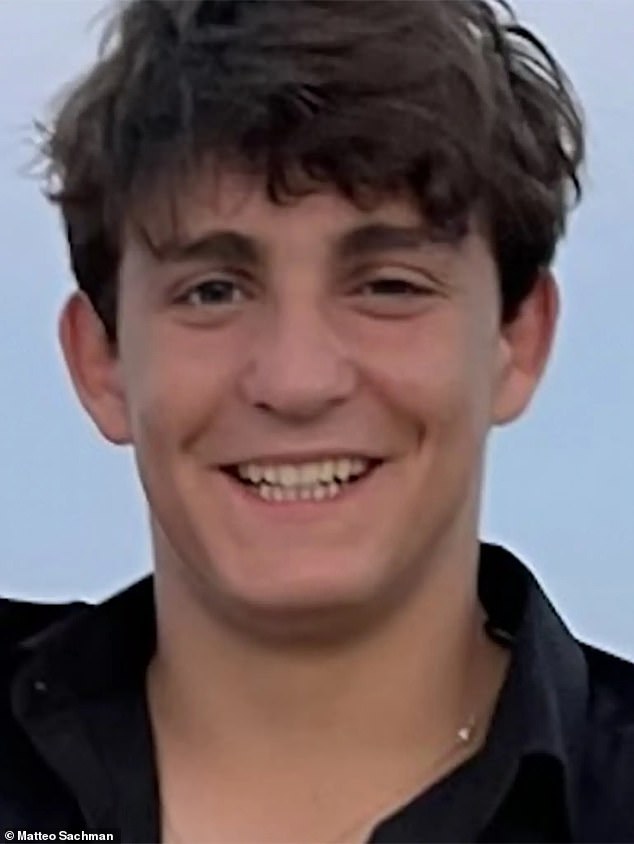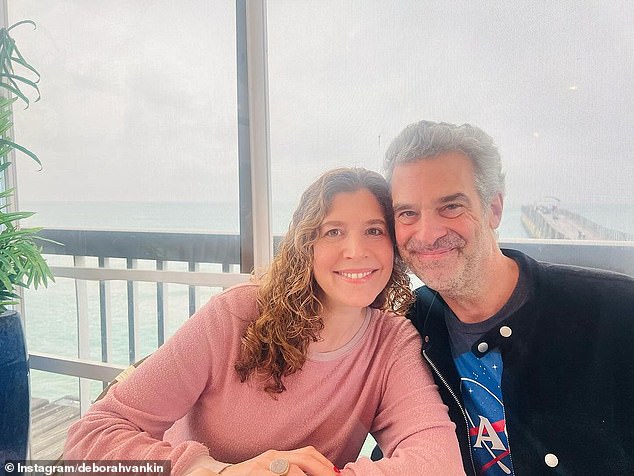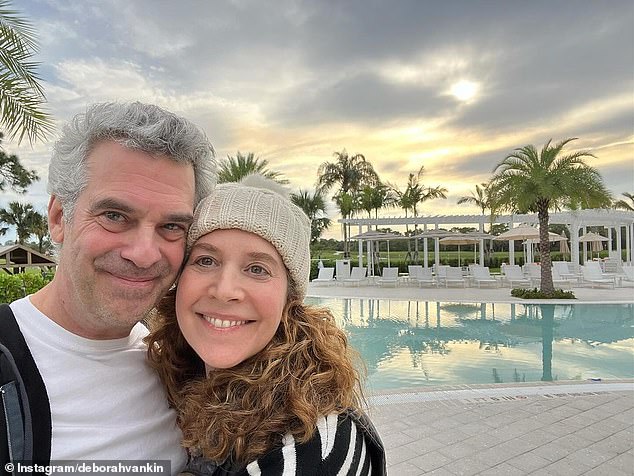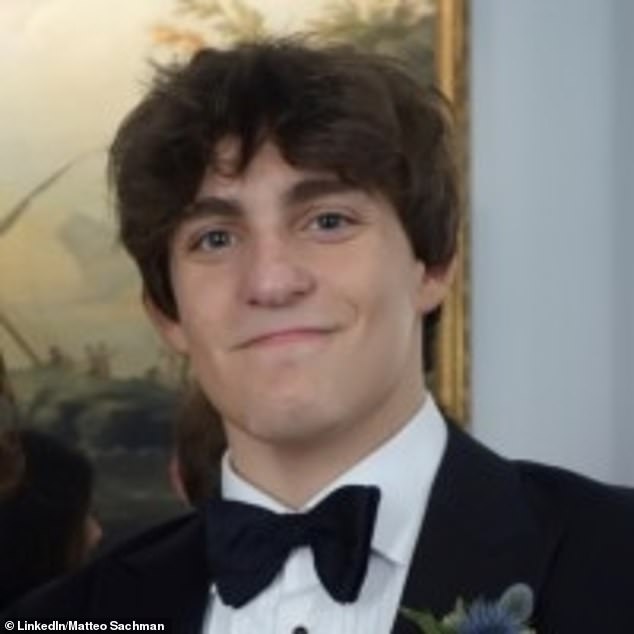A 19-year-old Georgetown student who died in a tragic accident has been exploited by a growing gang of “obituary pirates” who spread false information online for clicks.
Matthew Sachman fell onto the New York City subway tracks on New Year’s Eve and was struck and killed by an oncoming train.
Within hours, AI had written news articles about the incident and inaccurate obituaries of Sachman quickly spread online.
Some details on the fake monuments, such as Sachman’s age and his home state, were inaccurate. But others went so far as to claim that he had been murdered, with one claiming that he had been stabbed in a Bronx subway station.
Matthew Sachman, 19, died in a tragic accident that was exploited by ‘obituary pirates’ who falsely claimed he had been murdered

A Georgetown student fell onto the New York subway tracks on New Year’s Eve and was struck and killed by an oncoming train.
Sachman and a friend were frolicking on the platform at the East Broadway stop in Manhattan when he fell to the tracks and died instantly after being hit by a train entering the station.
But his family said a series of stories posted online were “completely wrong.”
“There were places I had never heard of, information that was completely wrong, it didn’t make sense,” a family friend told New York Times.
“I was looking for the truth,” explained Devan Mehrish, 19, a childhood friend. “But I didn’t find it there.”
“We were trying to figure out what happened, but we saw some strange things,” said David Lombardi, owner of a daycare and furniture store in Nantucket, where Sachman had worked over the summer.
“I just stopped and thought, ‘This doesn’t feel right.'”
‘Obituary hacking’ is where scammers use artificial intelligence to write obituaries for trending names and collect advertising revenue from clicks.
Experts told the Times that cultivating content for these types of articles would only generate about $100 a month in advertising revenue, and fake obituaries like Sachman’s only a cent or two. But if they do enough, this can add up quickly.

LA Times journalist Deborah Vankin found fake obituaries posted about her online while she was still alive.

“The obituaries, written by fictitious journalists, were part of an elaborate death hoax created by anonymous scammers who used my name as click bait,” Vankin wrote.
A large number of YouTube videos also appeared with narrators speaking English, Urdu and other languages, spreading misinformation about Sachman’s death.
Some said he was a famous singer or actor and others continued with the lie that he had been murdered.
“What these content farms do is monitor SEO and Google inputs all day long and if they see a breakthrough, they take advantage of it and publish hoaxes like clickbait content,” said NewsGuard’s AI and Foreign Influence editor.
‘It all comes down to financial income. Take advantage of search results, what people are interested in, and post fake news about that to drive people to your site and in turn get advertising money.’
An LA Times journalist was the victim of a similar scam, in which fake obituaries about her were published online while she was still alive.
“The obituaries, written by fictitious journalists, were part of an elaborate death hoax created by anonymous scammers using my name as click bait,” Deborah Vankin wrote in the Los Angeles Times.
One of the obituaries said: “Deborah Vankin, distinguished arts and culture reporter for the Los Angeles Times and esteemed professor at Emerson College, has left an indelible impression on the world of media and education.”
Another wrote: ‘Deborah Vankin’s family is very sad that she has passed away. “She was an important person to them and they miss her very much.”
As with Sachman, YouTube videos detailing Vankin’s fake death also appeared online, much to the horror of his parents and brother.

‘Deborah Vankin’s family is very sad that she passed away. “She was an important person to them and they miss her dearly,” a fake obituary read.
“It’s a phishing scheme, an attempt to get clicks or viewers,” said Elijah Dittersdorf, owner of Los Angeles-based Mom’s Computer, a company that works with seniors on scam prevention and damage control.
Dittersdorf explained that she started seeing fake obituaries like these around 2021 targeting “people with a name, but not necessarily the Kardashians.”
“It has happened to a small number of our clients: one was a popular actress from the ’70s and ’80s, another was a well-known divorce lawyer, another a prominent [figure] in the Hollywood media,” he said.
‘There is often an action involved to obtain your information and eventually scam you. But the most important thing is the clicks and views.
‘They want to grow their channel. Clicks make money.’


